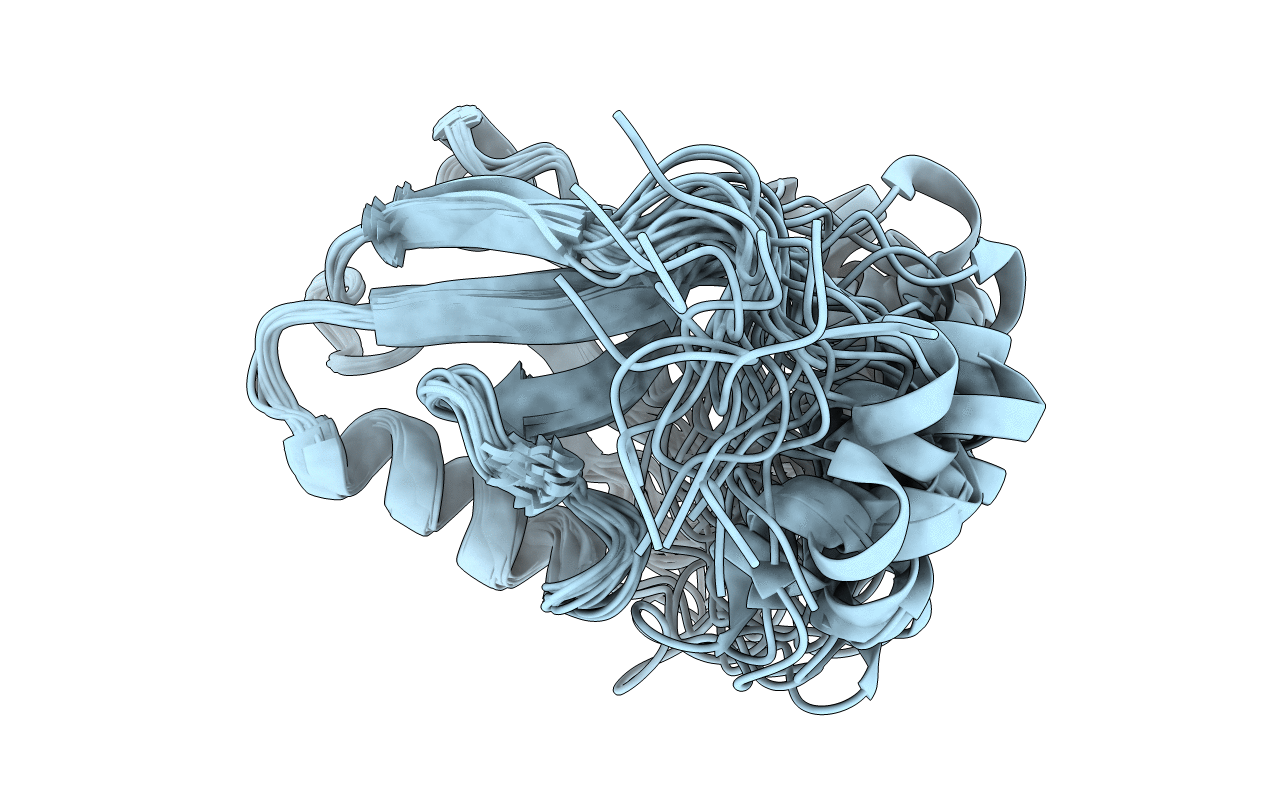
Deposition Date
2012-06-14
Release Date
2013-06-19
Last Version Date
2024-05-01
Entry Detail
PDB ID:
2LUI
Keywords:
Title:
Structure of the PICK PDZ domain in complex with the DAT C-terminal
Biological Source:
Source Organism:
Rattus norvegicus (Taxon ID: 10116)
Host Organism:
Method Details:
Experimental Method:
Conformers Calculated:
200
Conformers Submitted:
20
Selection Criteria:
structures with the lowest energy


